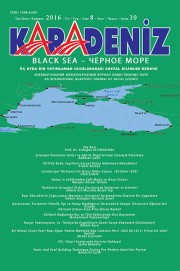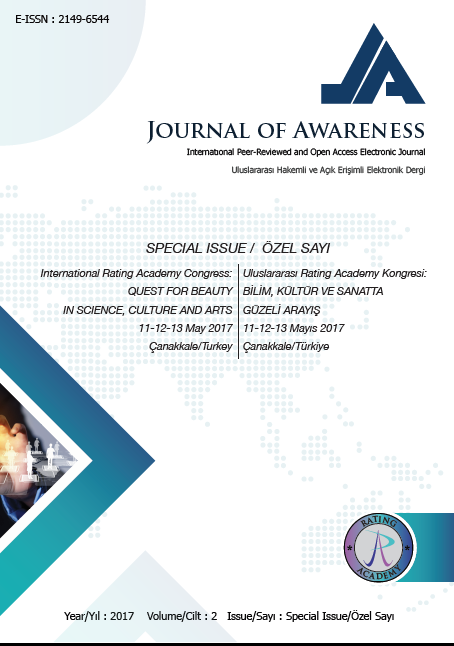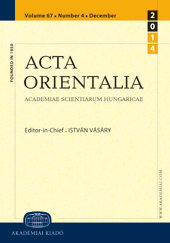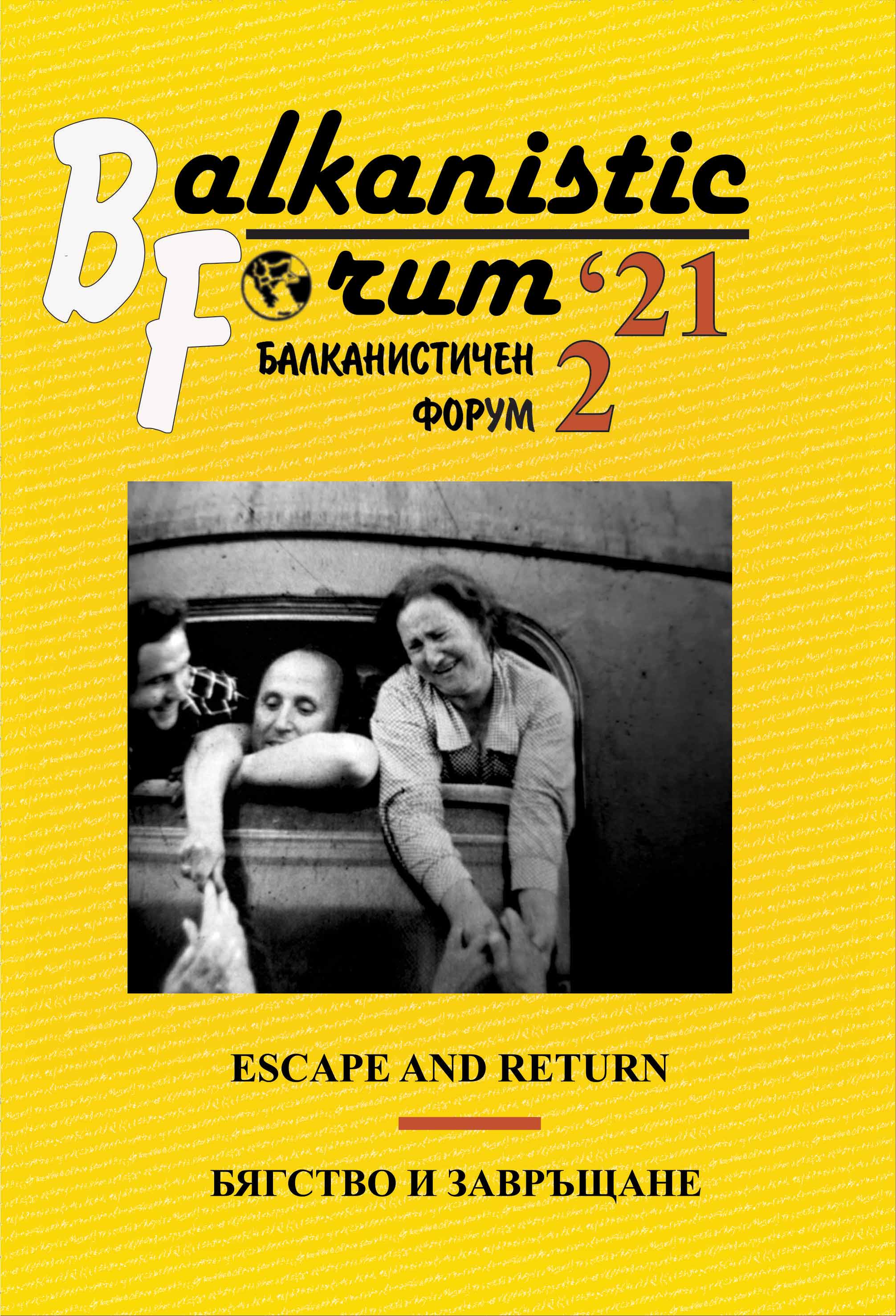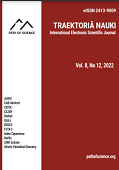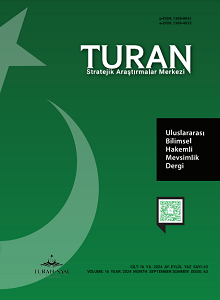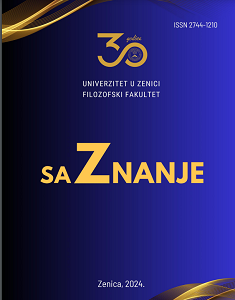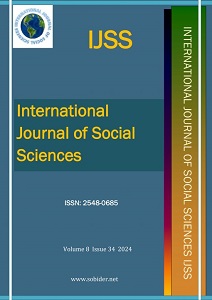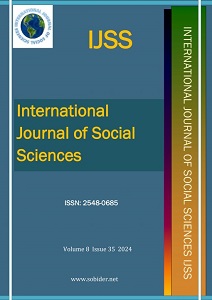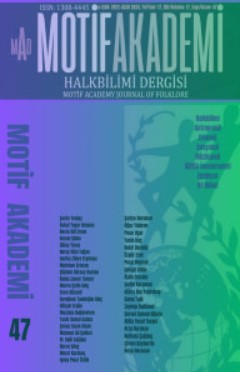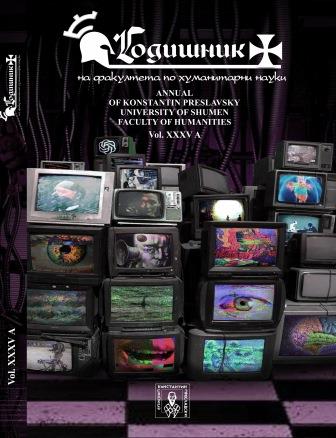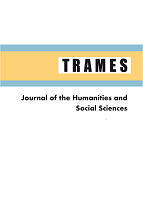Author(s): Burcu Sibiç / Language(s): Turkish
Issue: 47/2024
Galat refers to the words or groups of words that arise as a result of the incorporation of words borrowed from foreign languages into the language by undergoing changes in sound, form and meaning. With this feature, galat are related to all sub-branches of grammar, especially vocabulary. In Turkish vocabulary, in addition to the words of Arabic and Persian origin that entered Turkish with the adoption of Islam, many words from Western languages penetrated into the language; as a result of the changes these words underwent, it is seen that many galat words emerged. Galat, which is expressed as “wrong”, “erroneous”, “defective” utterances, were initially the subject of various works written by scholars; later on, independent works such as galat dictionaries etc. were written on this subject. In these works, many animate and inanimate names, person names, tribe names, place names, various verbs, etc. were discussed. One of the categories mentioned in galat dictionaries is plant names. In this study, the plant names evaluated in the galat dictionaries written in the Ottoman period were identified, and they were discussed with their forms in different dictionaries as well as galat dictionaries. During the analysis, the usage of the words in the historical periods of Turkish written language was also utilized.
More...

